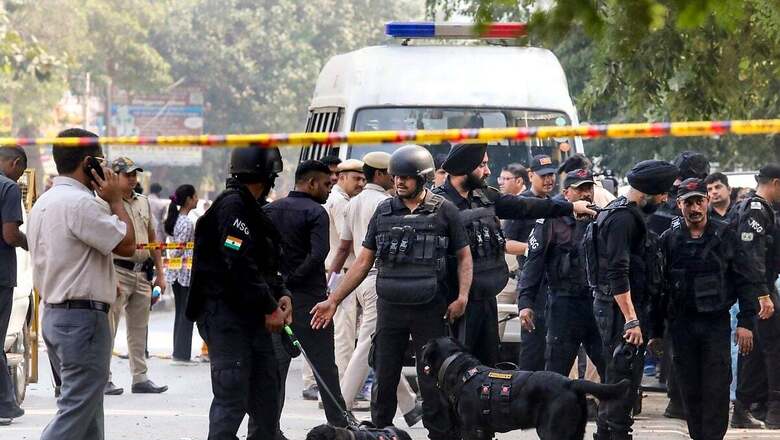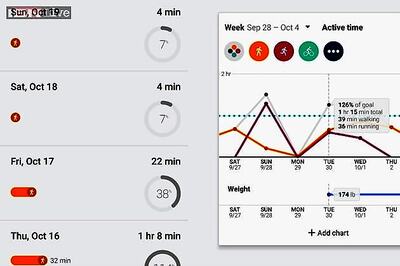
views
Low-grade explosives were used in the blast near the Central Reserve Police Force (CRPF) School in Prashant Vihar area of Delhi’s Rohini on Sunday morning, according to a preliminary investigation.
Sources told CNN-News18 that no splinter or timer was found at the spot. “First, the Delhi Police and local forensic team and later the National Security Guard (NSG) team carried out a thorough scrutiny of the area. No splinter or timer could be located at the crime scene or the immediate vicinity,” a senior Home Ministry official told CNN-News18.
Use of splinter or timer in an improvised explosive device (IED) indicates terror-related sabotage. An NSG official told News18 that a preliminary forensic test indicates a mixture of chlorate and hydrogen peroxide was used. Officials said the crude bomb did not look like a device meant to cause fire. The placement of the bomb, however, has led to some questions. “The crude bomb was placed close to the eateries in the area. The glass panes of the shops were shattered and even some vehicles were impacted,” an official said.
#BreakingNews | Delhi Blast: Delhi police seize nearby CCTV devices, two suspects under scanner: Sources@GoyalYashco shares more details#DelhiBlast #DelhiSchoolBlast #RohiniBlast | @GrihaAtul pic.twitter.com/rcDgmrgF3o— News18 (@CNNnews18) October 20, 2024
The forensic evidence has been sent to the National Forensic Sciences University for further tests. Probe officials said the final report on the explosives is expected in two weeks. The Delhi Police has registered a case under the Explosives Act, but, so far, sections of the Unlawful Activities Prevention Act (UAPA) have not been added. The UAPA is usually added to a First Information Report (FIR) when police suspect a terror attack.
The National Investigation Agency (NIA), the nodal anti-terror probe agency, assisted the Delhi Police at the crime scene. A team of NIA officials, as per the standard operating procedure, reached the blast site hours after the explosion. A National Disaster Response Force (NDRF) team was also deployed to check for radiation.
Officials told CNN-News18 that so far, the forensic evidence does not reflect any commonality with recent blasts in the country. “Ammonium nitrate is a commonly used low-grade explosive in recent blasts. But in this case, nitrate has not been detected. No splinter means it is not meant to cause loss of life like in case of the Bengaluru cafe blast,” an MHA official said.
The Delhi Police is scrutinising recent incidents related to the demand for Khalistan and also the explosion outside the Israeli embassy to look for common links, sources said.




















Comments
0 comment